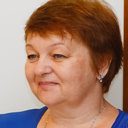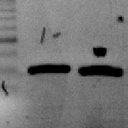Inhibitory effect of the Agrobacterium rhizogenes rolC gene on rabdosiin and rosmarinic acid production in Eritrichium sericeum and Lithospermum erythrorhizon transformed cell cultures.
Kľúčové slová
Abstrakt
Rabdosiin and related caffeic acid metabolites have been proposed as active pharmacological agents demonstrating potent anti-HIV and antiallergic activities. We transformed Eritrichium sericeum and Lithospermum erythrorhizon seedlings by the rolC gene, which has been recently described as an activator of plant secondary metabolism. Surprisingly, the rolC-transformed cell cultures of both plants yielded two- to threefold less levels of rabdosiin and rosmarinic acid (RA) than respective control cultures. This result establishes an interesting precedent when the secondary metabolites are differently regulated by a single gene. We show that the rolC gene affects production of rabdosiin and RA irrespective of the methyl jasmonate (MeJA)-mediated and the Ca(2+)-dependent NADPH oxidase pathways. Cantharidin, an inhibitor of serine/threonine phosphatases, partly diminishes the rolC-gene inhibitory effect that indicates involvement of the rolC-gene-mediated signal in plant regulatory controls, mediated by protein phosphatases. We also show that the control MeJA-stimulated E. sericeum root culture produces (-)-rabdosiin up to 3.41% dry weight, representing the highest level of this substance for plant cell cultures reported so far.



